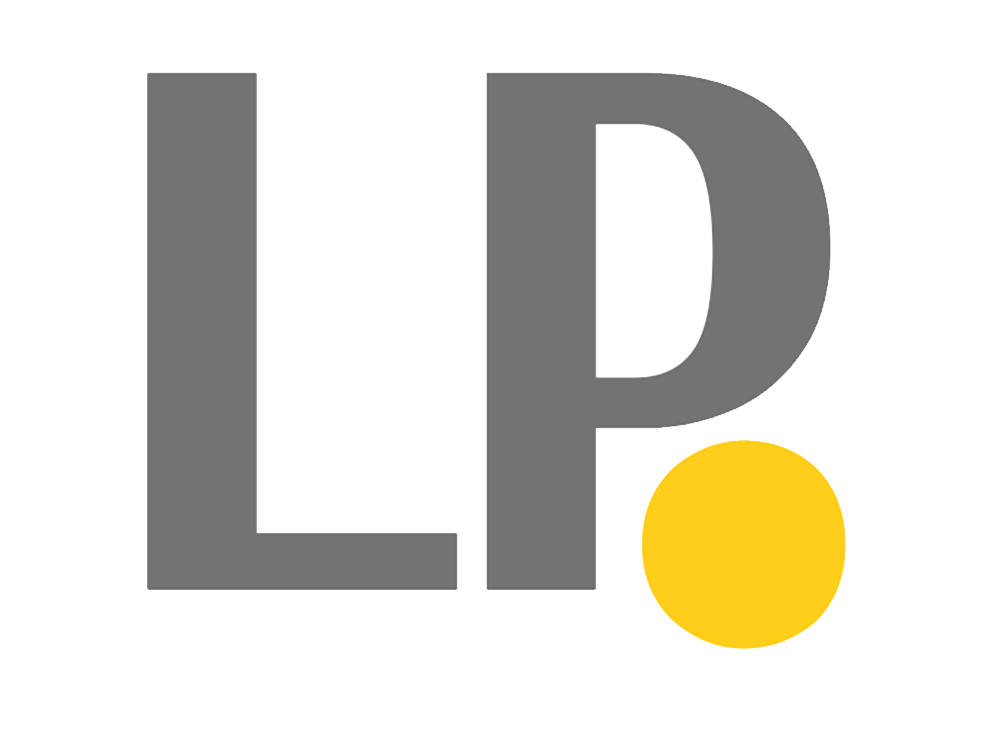
Running a successful business is a formidable task; entrepreneurs require sheer perseverance to achieve great success. When it comes to intellectual property (IP), most businesses struggle to understand the value and scope of their potential intellectual property assets. IP has a vital role in protecting innovative products and services. It increases your public visibility and makes your business unique to avoid the risks. IP helps to put an idea into action and provides rights to persons over the creations of their minds. Intellectual property for your business includes copyrights, trademarks, design, trade secrets, and patents. Establishing an IP regime for your business helps to protect its assets. Such legal checks on a competitor prevent them from infringing and profiting from your property, earning customer trust, growing your business, and offering more security with potential success. The benefits of having an IP system in place are manifold— patent rights can protect your innovative product, and a trade secret can be protected to defend your competitive space. The product can be registered as a trademark to ensure consistent quality, you can protect original work of authorship under copyright protection, and industrial design rights can protect the aesthetic aspect of your product.
Safeguard your business from legal hassles by avoiding these five IP mistakes every business should avoid:
Trademark is a crucial IP right to protect the brand. Trademark is an essential communication tool to convey intellectual attributes and messages about you, your company, and your company's reputation, products, and services. It helps to make your product and services stand out by giving an exclusive right to the owner to use such words, logos, and slogans. To get more brand recognition effectively, use the internet and social media. Don't forget to renew your trademark every ten years to claim your brand forever. This way, you can protect and save your brand through methodical trademark research in this competitive world.
To understand your business and IP strategy, it is always better to consult an IP expert for well-protected Intellectual Property rights and commercial performance. If you neglect your IP protection, competitors can easily copy your brand, secure your IP assets from the beginning, and create difficulties. To avoid such difficulties, bring out an effective strategy with a proper legal framework around what are often intangible assets and make the protection, enforcement, and valuation of these assets much easier and more quantifiable. Through the right strategic methods, you can enhance your business, secure an exclusive competitive advantage in the market, protect and promote investment R & D in terms of time and capital, attract potential investors, claim ownership, and brand and marketing.
Were you late to register your patent? Have you disclosed your invention before the patent registration? It might be a breathtaking invention that will have substantial economic viability or might be a significant step in your business; you would want to obtain a patent and safeguard it without being late. Seek professional advice to prevent others from exploiting your patents. Businesses should consider applying for patent protection or utilizing non-disclosure agreements until a patent application can be filed. Also, get your Patent Attorneys during the early R&D stage to ensure that you don't lose your patent rights.
Protecting industrial design rights is essential for the economy. Industrial Design Rights are an easy, affordable, and quick way to protect the aesthetic aspects of your business. It can be a composition of lines and colours or any three-dimensional form that gives the product a distinct impression. It cannot be copied. Protection rights are provided for ten years. After that, they can be renewed once for an additional period of 5 years. Design protection, like patents and trademarks, gives territorial rights. To receive design protection in India, the design must be registered.
We see various companies and firms entering into licensing agreements with others to ease their growth. But it has a pitfall of committing the mistake of granting long-term, exclusive licenses without placing appropriate limits and controls on the licensee. Most agreements explain why you wish to use the content and how you will use it if permission is granted. Before the content is used, the owner must give permission. A license agreement specifies how and under what conditions the content will be utilised. If you are moving without a proper strategy, it may lead to an exploit of its IP assets. To avoid this circumstance, an exclusive licensing agreement should include minimum marketing expenditures, royalties, quotas, or market share targets to guarantee that the licensee proceeds promptly and efficiently to distribute and promote the technology under the deal.
CONCLUSION
Every business owner must make reasonable steps from the beginning to prevent difficulties with intellectual property assets to forge their path toward success. New businesses confront continual competition and cannot afford to make costly errors. One way to help safeguard your new business and keep it on track for success is to protect your intellectual property. The company will be safeguarded from potential legal concerns and will also be in a better position to attract investors, partners, suppliers, customers, and other stakeholders. Brands must actively discuss with IP law firms at every stage of creating a service or product, whether creativity, production, execution, or growth.
© 2026 Business Consultant & Law Firm - Legacy Partners. All Rights Reserved.
Designed by Nuewelle Digital Solutions LLP

Legacy Partners
We typically reply in a few minutes